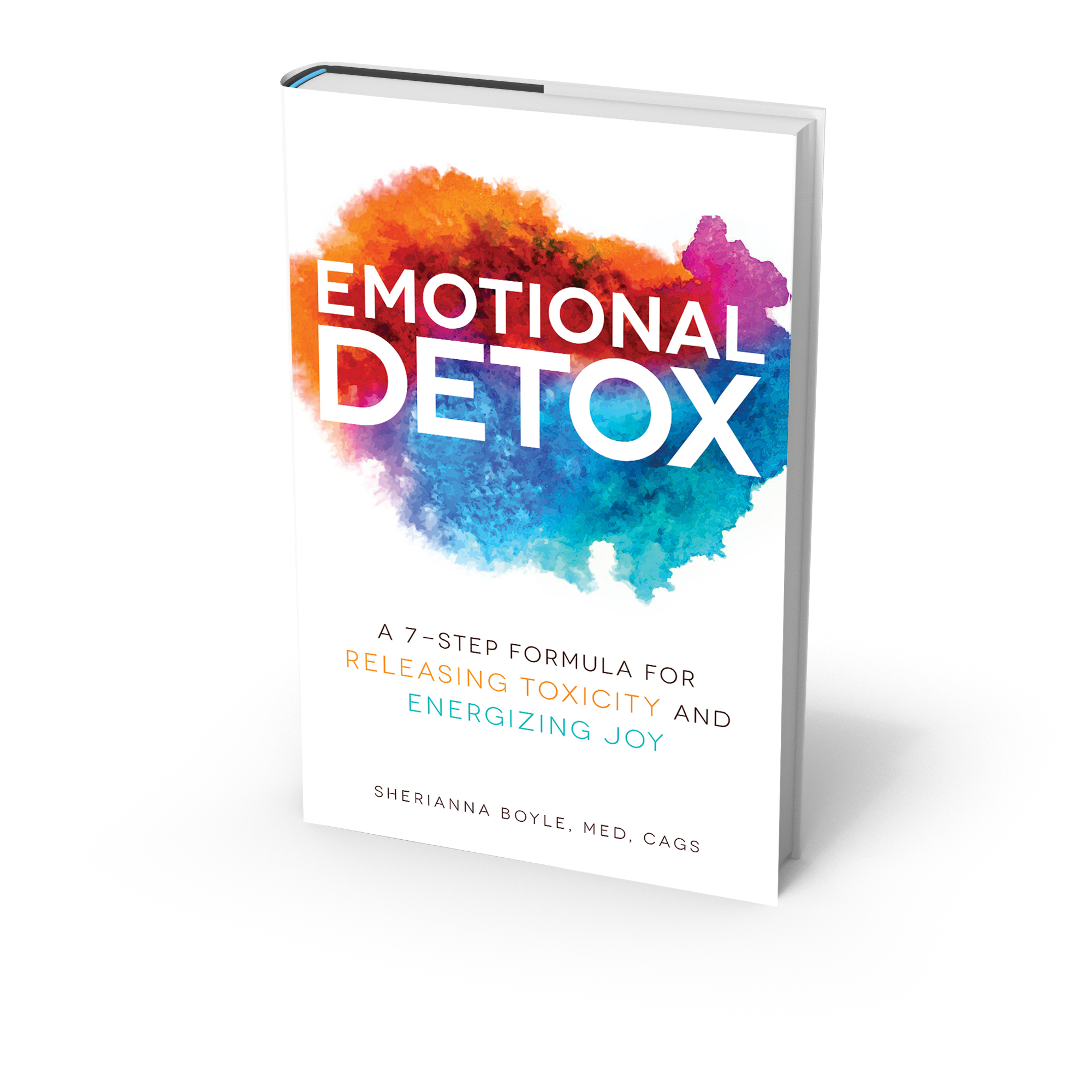We have all been there, ranting and raving about an old relationship, the unceasing silent treatment between family members, or the reoccurring, negative exchanges between ex-husbands and wives. They say that time heals all wounds, but what do you do if it doesn’t?
Sure, there have been many reasons for hanging onto the past, such as:
· It keeps the blame on them, and off you
· It can be a way to cope with the discomfort of having to move forward
· You have spent most of your life staying too busy to heal the wounds of the past
You put surviving in front of healing. Not the kind of survival our ancestors endured hunting for their food. Today’s survival looks much different; sorting through piles of emails, paying off school loans, working two jobs, raising children or caring for your ailing parents; need I say more.
As a C.L.E.A.N.S.E. coach, I have seen my fair share of clients who claim they are stuck in the past and want so badly to move forward. It would be through my own emotional cleanse I would be able to see beyond what I learned about staying stuck to what I know. You see, the knowing comes from walking through the experience, while, the learning arrives from the way we witness.
Here is the thing, when it comes to healing, there is no past. We humans like to create mental timelines, measuring everything according to our age. However, when it comes to our emotions they are always in the present moment. This is so even when we choose to shove away, and ignore or distract ourselves from experiencing them.
In fact, when we don’t allow ourselves to feel our emotions we are essentially making a choice to hold ourselves prisoner to the past. People hold onto the past because they confuse feeling with reacting. Think about it, if you grew up seeing anger as an outburst, or sadness as withdrawal, it would make sense that you would see emotions as a warning sign rather than an avenue for healing.
The challenge is, in order to heal, you have to feel it. Feeling is being and that can only happen when you choose to be present to the moment. When we learn to get out of our own way, slow down, breathe, and make a conscious choice to dissolve the reactivity, rather than follow our triggers, we begin to loosen the grips of the past.
If you find you are riddled with guilt, harboring resentments, or have a hard time letting your guard down, one of the ways to move yourself forward is to stop labeling or talking about your feelings, instead see all of this as a reaction. If you were truly feeling, then none of those perceptions would exist.
This was a major turning point for me as I moved through my emotional detox journey and developed the C.L.E.A.N.S.E. formula. The very first step of the formula encourages uses to pause, and ask ourselves, Am I reacting and if so are my levels low, medium, or high?
I always say if your levels are high, you probably feel a bit scared, stuck, defensive or defeated. With low levels, on the other hand, you are able to notice and utilize your tools for healing, such as breathing, or taking a walk. Most people land somewhere in the middle. They are aware, want to do better, yet seem to revert to holding onto the past. The C.L.E.A.N.S.E. formula provides you with seven mindful steps for redirecting yourself to the present, so that your emotions can be fully digested. Fully digested emotions give you energy, while over processed ones (via reactivity) deplete your energy.
This is why the very first step of the formula is designed to clear reactivity. One suggestion is to do a stretch which both folds in and expands your chest. For example, a cat/cow pose in yoga:
· Get a chair, and scoot to the front of the chair
· Sit up tall with your two feet flat on the floor
· Open your arms wide, reaching back so your shoulder blades squish together (inhale)
· As you exhale, tuck your chin, and move your arms inward as if you were giving a big ball a hug
· Your navel will draw back toward your spine to help you lengthen your exhale
· Do this two to three times, and then roll your shoulders around
· Notice if you feel a bit looser
There, you completed step one to feeling your emotions!


